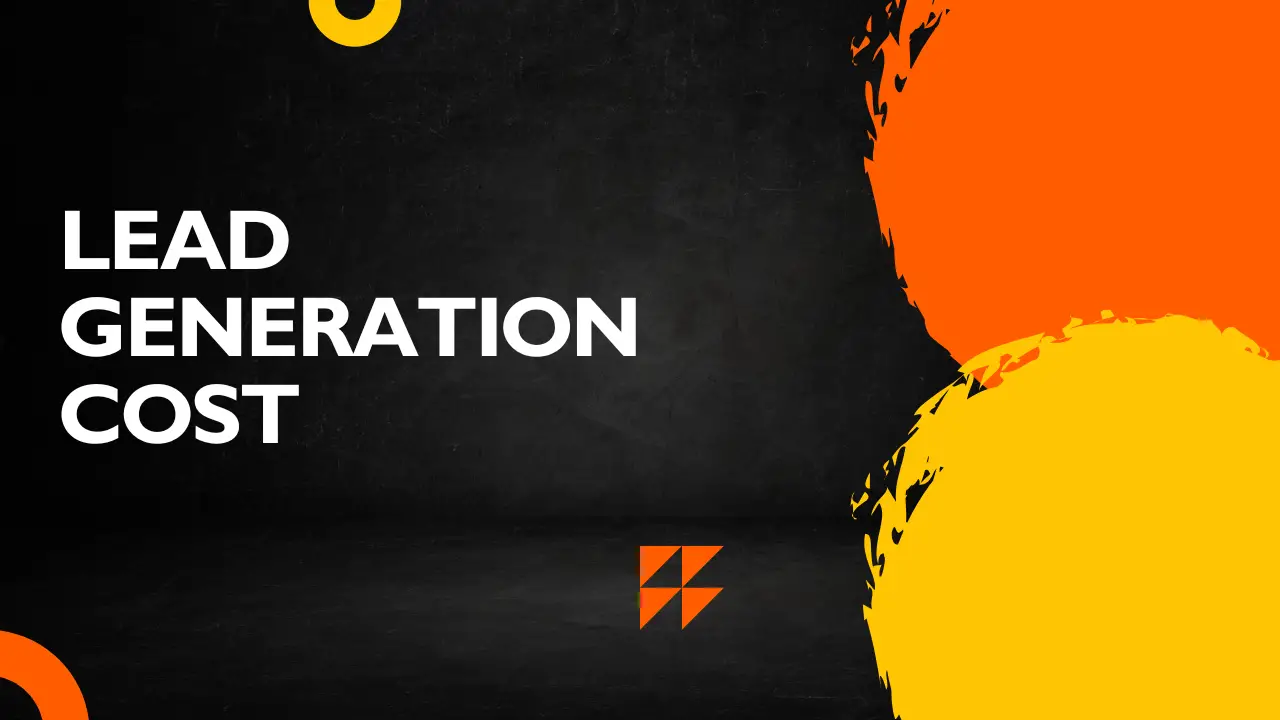What is Cost Per Lead (CPL) and How Do You Calculate It?
At its core, CPL is the average amount of money a Find targeted email leads by industry or location – all at country email list business spends to acquire one potential customer, or "lead." A lead is someone who has shown interest in your product or service, such as by filling out a form, downloading an e-book, or signing up for a newsletter. The formula for CPL is simple:
For example, if you spend $2,000 on a social media ad campaign and get 20 leads, your CPL is $100. It's important to track all your marketing expenses for a specific period—including ad spend, software fees, and even labor—to get an accurate picture. This metric provides a clear snapshot of your marketing efficiency and helps you determine if your lead generation efforts are financially viable.
The Role of Industry and Target Audience in CPL
The CPL is not a one-size-fits-all metric. What's considered a good CPL in one industry might be astronomical in another. Highly competitive industries with complex sales cycles and high customer lifetime values, such as financial services and B2B SaaS, tend to have a higher CPL. Conversely, industries like e-commerce or retail often have lower CPLs due to higher volume and less complex customer journeys.

For example, a lead in the financial services sector might cost significantly more than a lead for a retail product because the potential revenue from a single customer is much greater. Therefore, it's essential to benchmark your CPL against industry averages to understand if your spending is aligned with your sector's norms. This contextual understanding is vital for making sound marketing decisions.
CPL by Lead Generation Channel: Where to Invest
The channel you use to generate leads also has a significant impact on your CPL. Some channels are inherently more expensive than others, but they might also deliver higher-quality leads. For instance, events and trade shows are known to have a very high CPL, but the face-to-face interaction often results in more qualified leads. In contrast, online channels like SEO and email marketing can have a much lower CPL, making them excellent choices for long-term, cost-effective lead generation.
Paid advertising channels like Google Ads and LinkedIn Advertising also have different CPLs. LinkedIn is generally more expensive than other platforms but is often preferred for B2B lead generation due to its targeting capabilities. Understanding the cost and quality trade-offs for each channel allows you to build a diversified and efficient marketing mix.
Strategies for Reducing Lead Generation Costs
While a low CPL is great, the ultimate goal is to acquire high-quality leads that convert into paying customers. The key is not just to cut costs, but to improve efficiency. Here are some proven strategies to help you lower your CPL without sacrificing lead quality:
Optimize your targeting: Be more specific with your ad targeting. Instead of broad demographics, focus on "lookalike audiences" or use "negative keywords" to exclude irrelevant search terms.
A/B test your campaigns: Experiment with different ad copy, headlines, and landing page designs to see which variations generate more leads for the same amount of spend.
Improve your landing pages: A well-designed, clear, and compelling landing page with a strong call-to-action can dramatically increase your conversion rate, lowering your CPL.
Leverage content marketing: High-value content like blog posts, whitepapers, and webinars can attract organic leads over time, offering a much lower CPL than paid ads in the long run.
The Importance of Lead Quality vs. Quantity
It's a common mistake to chase the lowest CPL at the expense of lead quality. A cheap lead that never converts is a waste of money. The true measure of a successful lead generation program is the balance between cost and quality. It's more valuable to pay a higher CPL for a highly qualified lead that has a high probability of becoming a customer than to generate a large number of low-quality leads at a bargain price.
To determine the true value of your leads, you need to look beyond CPL and consider your customer lifetime value (LTV) and lead-to-MQL (Marketing Qualified Lead) conversion rates. If a lead generates a high LTV, a higher CPL can be justified.
Final Thoughts on Optimizing Your CPL
Ultimately, mastering your lead generation costs is an ongoing process of analysis and optimization. Regularly review your CPL across different channels, campaigns, and audience segments. Benchmark your performance against industry standards and, most importantly, against your own business's profitability metrics, such as LTV. By understanding the nuances of CPL and focusing on generating quality leads at a sustainable cost, you can build a powerful and scalable lead generation engine that drives consistent business growth.